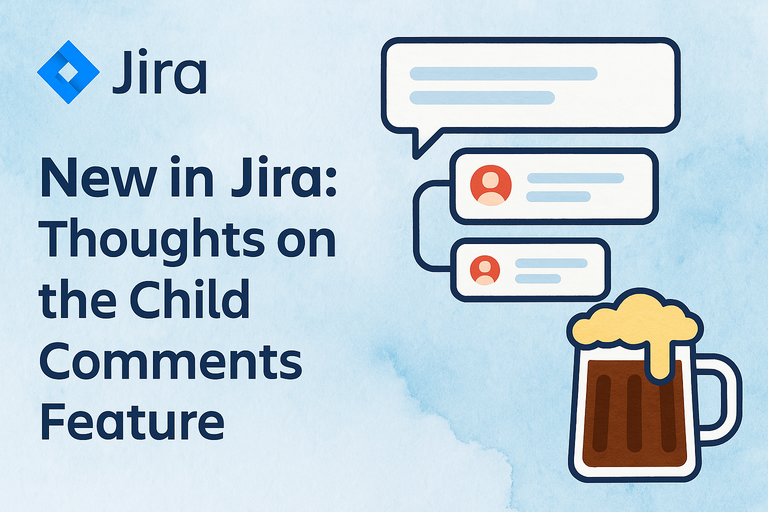
Why This Feature Matters
Let’s be honest — Jira isn’t just a tool; it’s the backbone for project tracking, collaboration, and delivering actual work. But when it comes to comments, Jira has always been fairly basic. Until now, discussions were linear, making it hard to track who replied to whom, especially in long threads.
That’s changing.
With child comments, users can now reply directly to specific comments, making conversations more organized, relevant, and easier to follow.
The History: Jira and Feature Requests
This feature didn’t appear overnight. Atlassian has a reputation for keeping feature request tickets open for years. Some tickets date back 20 years and still sit under “investigation.” So, the release of this feature is a pleasant surprise for many of us who’ve been waiting — or complaining — for a while.
When and Why You Should Use Comments in Jira
At its core, Jira is about getting things done. Each issue (or work item, as it's now often called) represents a task meant to be completed. Comments play a role in helping clarify tasks, ask questions, and collaborate — not in hosting endless debates.
Here’s how comments are typically used:
- To ask questions about unclear requirements.
- To tag teammates for input or help.
- To share code snippets or formatted responses.
- To seek clarity so that the task can move forward.
But here’s the thing: Jira is not Slack or Reddit. It’s not designed for sprawling, free-form discussions. We need to keep comments targeted and purposeful.
Where Child Comments Fit In
So, how do child comments improve things?
- They let you keep related conversations grouped together.
- You can track the original question and the response directly underneath.
- It makes long comment threads easier to follow.
That said, we should use this feature with caution. Linear comments make it easy to follow a progression and see the final decision at the bottom. Nested replies might make it harder to identify which conversation led to the resolution — especially if people start branching off with side discussions.
What's Next?
As a Jira admin and consultant, I’ll be watching closely:
- How will this impact the REST API? Will comments be linked with clear parent-child structures?
- Can we configure or disable threaded comments?
- How will clients and users adopt this feature over time?
There's more to explore, and more to understand. But my initial thought? This is a solid, overdue addition — just use it wisely.
Final Thoughts
In summary, child comments in Jira are here to improve how we collaborate. But let’s not forget what Jira is about: finishing tasks, not having endless discussions. Jira should stay focused on issue tracking, planning, and project management.
So cheers to progress — and to using new features with purpose!
Thanks for reading (or watching, if you saw the video). Until next time — keep your Jira clean, your issues closed, and your beer cold.
